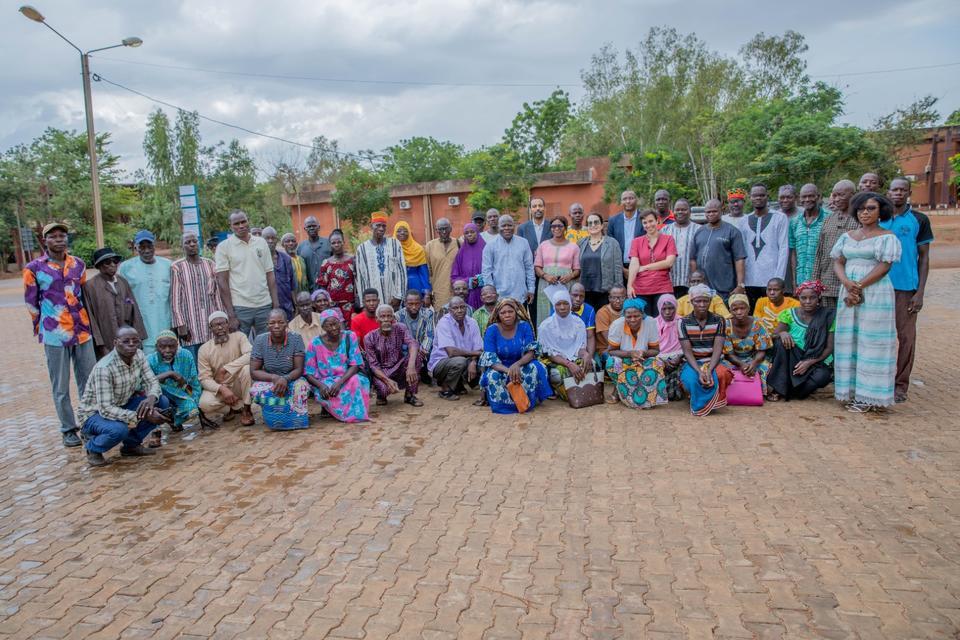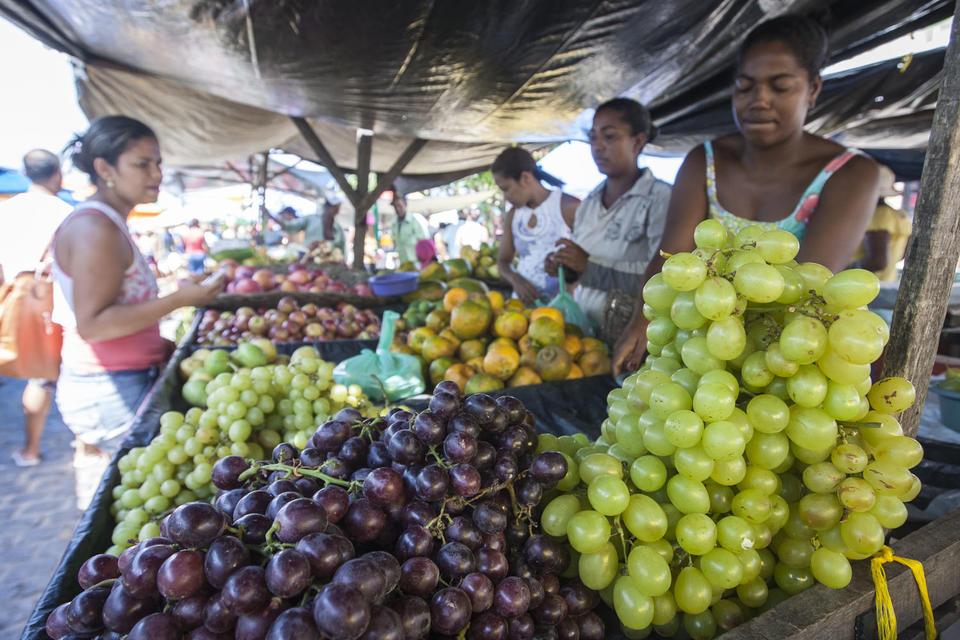Blog Snapshots of Success: Conserving Cuba’s Agrobiodiversity
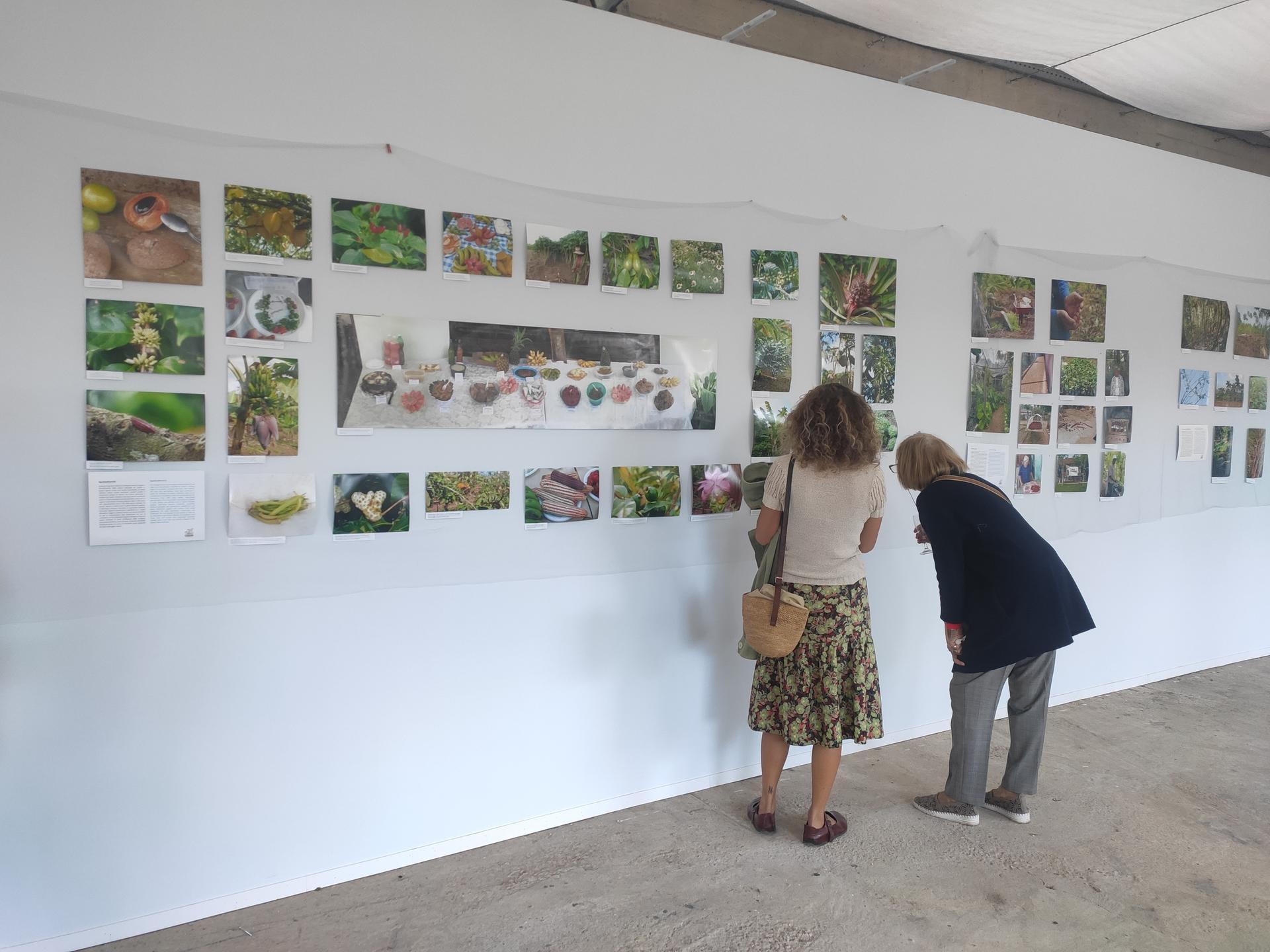
Rome’s Botanical Garden hosted a unique photo exhibition to mark the conclusion of the COBARB Project. Researchers share some of the images here.
By: Gaia Gullotta
What does agrobiodiversity look like in Cuba?
For over 10 years, Alliance researchers and partners gathered photographs while conducting fieldwork as part of a UNEP-GEF initiative dedicated to supporting sustainable agriculture in Cuba, “Agrobiodiversity Conservation and Man and the Biosphere Reserves in Cuba: Bridging Managed and Natural Landscapes” (COBARB Project).
In October 2023, these images were displayed in the Sapienza University Botanical Garden, Rome.
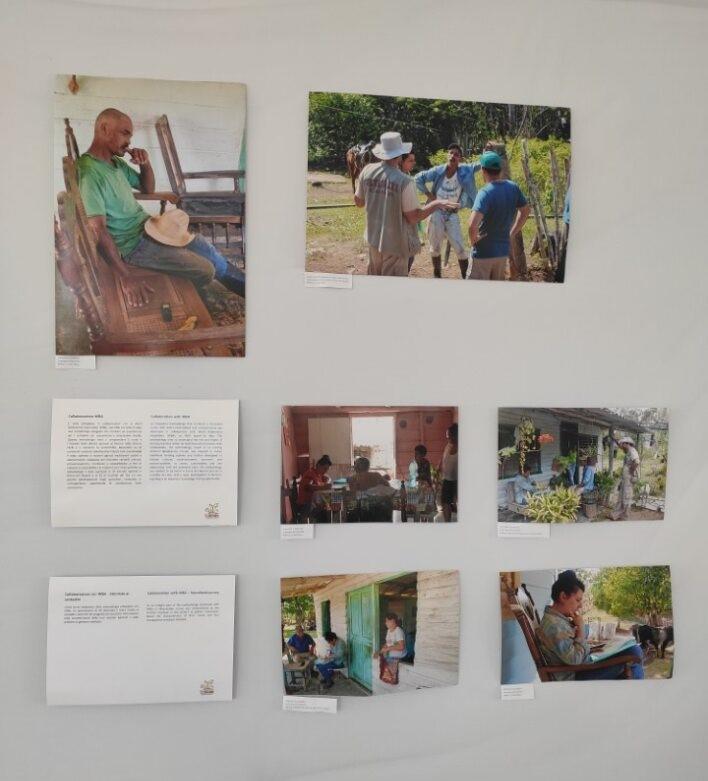
Household survey section. Credit: Alliance Bioversity International and CIAT/G. Gullotta
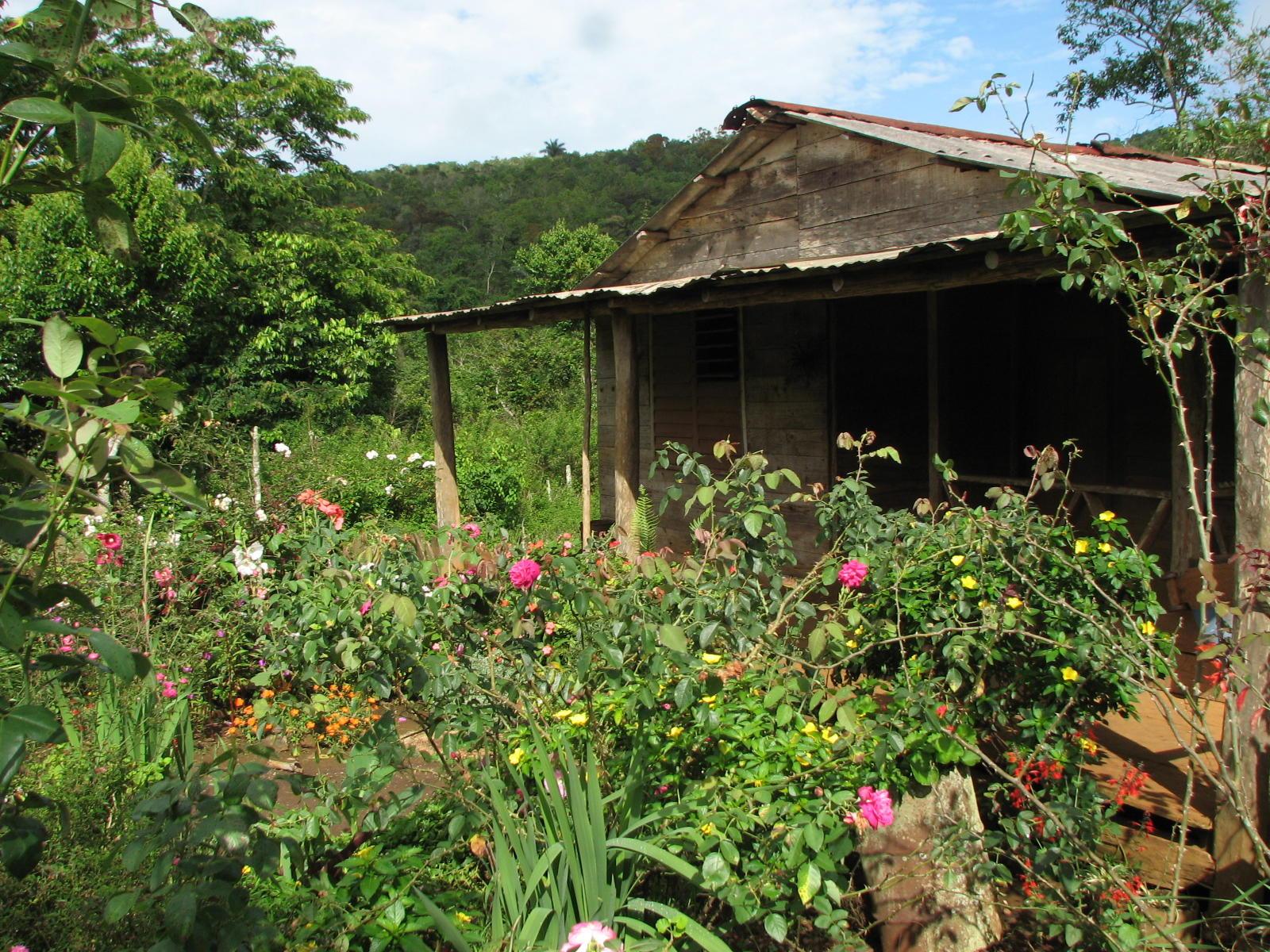
Home garden (huerto casero). Credit: Proyecto COBARB
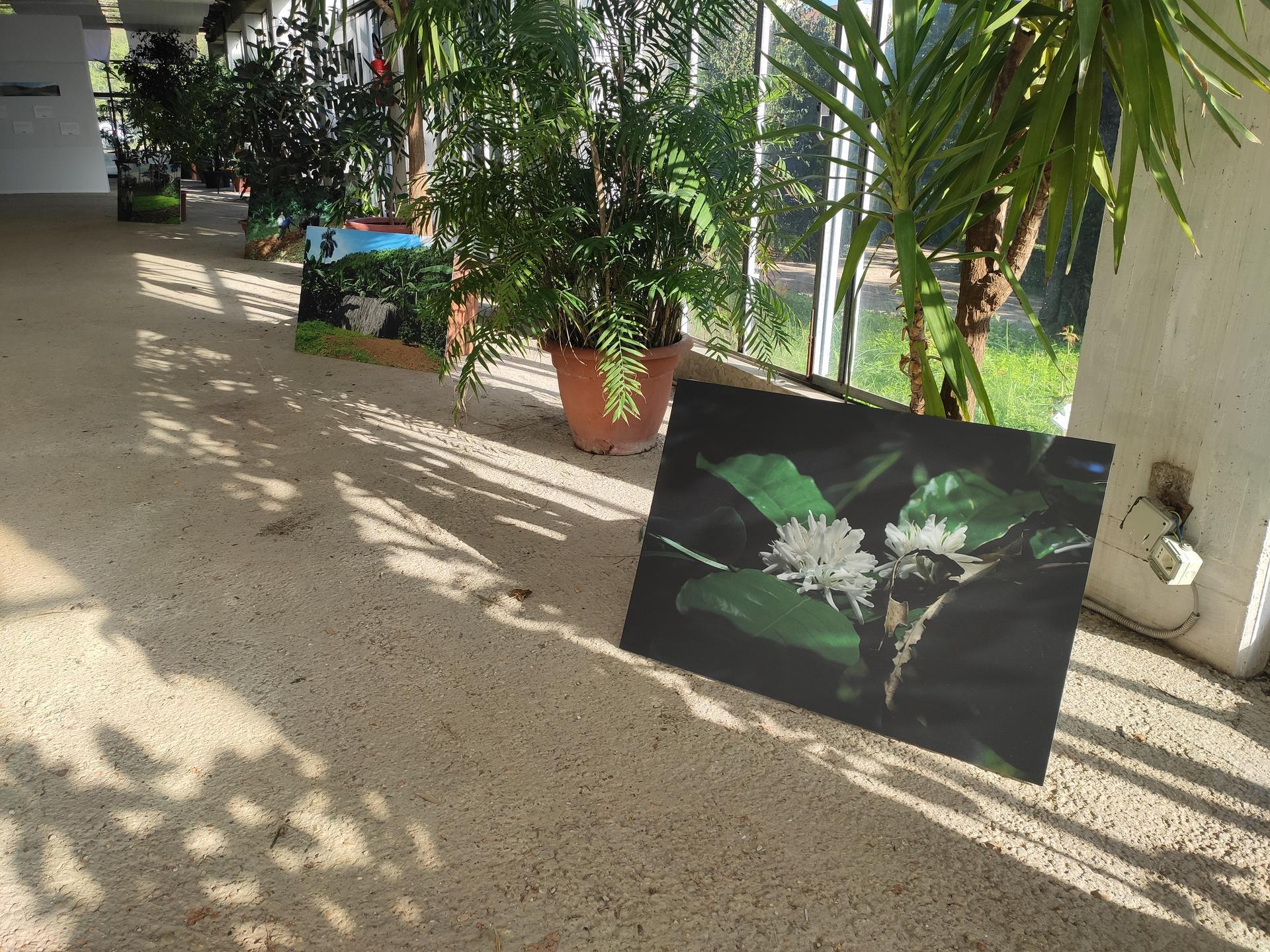
Part of the exhibition: an image of a coffee flower (Credit: G. Gullota) at the Botanic Garden, Rome
Images featured in the exhibit

Mamey fruit (Pouteria sapota). Credit: Alliance Bioversity International and CIAT/P. De Santis

Farmer from Cuchillas del Toa. Credit: Alliance Bioversity International and CIAT/P. De Santis

Seed conservation in recycled glass bottles. Credit: Alliance Bioversity International and CIAT/ N. Bergamini

Arranging seedlings. Credit: Alliance Bioversity International and CIAT/G. Gullotta
The exhibition witnessed an exceptional turnout from the local community, as well as participants in the COBARB project. A Cuban delegation included Carlos Manuel Pérez Cuevas, the Director of the Havana Botanical Garden; Yanisbell Sánchez Rodríguez, Director of the Seed Production Unit at the Ministry of Agriculture of Cuba, and former Director of the Instituto de Investigaciones Fundamentales en Agricultura Tropical “Alejandro de Humboldt” (INIFAT); Ana Regina Torres Cárdenas, the head of the INIFAT library; and Rosa Maria Dragone, representative of AICS.
We extend our gratitude to Sapienza University, and in particular, to Fabio Attorre, Director of the Botanical Garden, for providing us with such a captivating venue, offering the perfect backdrop to showcase the project.
After a morning of engaging presentations on the results of the COBARB project and the scientific contribution of the Calvino family to the Experimental Agronomic Station in Santiago de Las Vegas, attendees had the opportunity to celebrate together the success of the project and share moments of joy and gratitude, and visit the tropical greenhouse.
Scenes from the project activities

Farmer selling fruit juices at her kiosk. Credit: Proyecto COBARB

Study of the collected soil samples. Credit: Alliance Bioversity International and CIAT/G. Gullotta
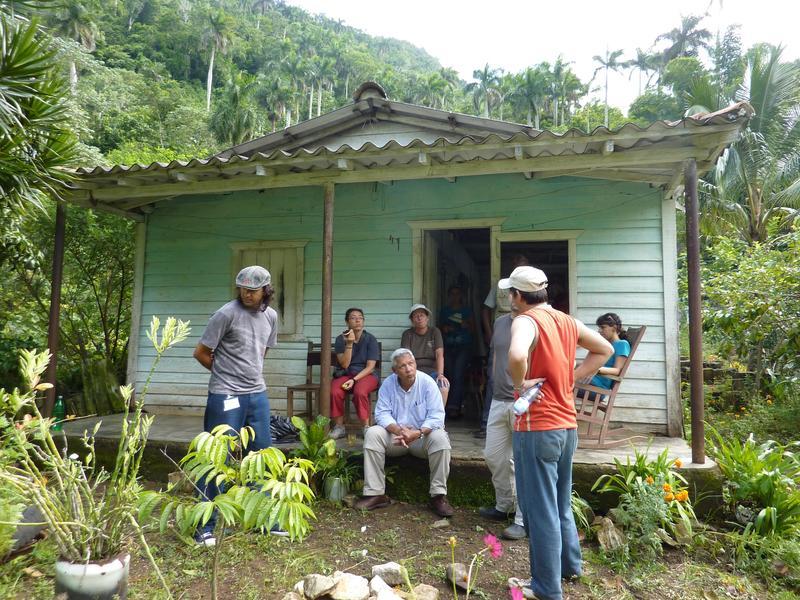
Team during the visit to a farm (finca). Credit: Alliance Bioversity International and CIAT/N.Bergamini

Interview with farmers. Credit: Alliance Bioversity International and CIAT/G. Gullotta
COBARB has been a vehicle for a significant exchange of knowledge, both from a scientific and human level. The collaboration between farmers from UNESCO's MAB reserves (Sierra del Rosario and Cuchillas del Toa) and the technical-scientific and administrative personnel of INIFAT, Centro Nacional de Áreas Protegidas (CNAP), World Biodiversity Association (WBA) and Bioversity International (now Alliance Bioversity International and CIAT) has yielded tangible results that will contribute to the long-lasting impact on sustainable agriculture in Cuba.
Thank you to all who contributed to the success of this extraordinary event. Your interest and support are crucial to our ongoing commitment to a more sustainable and collaborative future.

